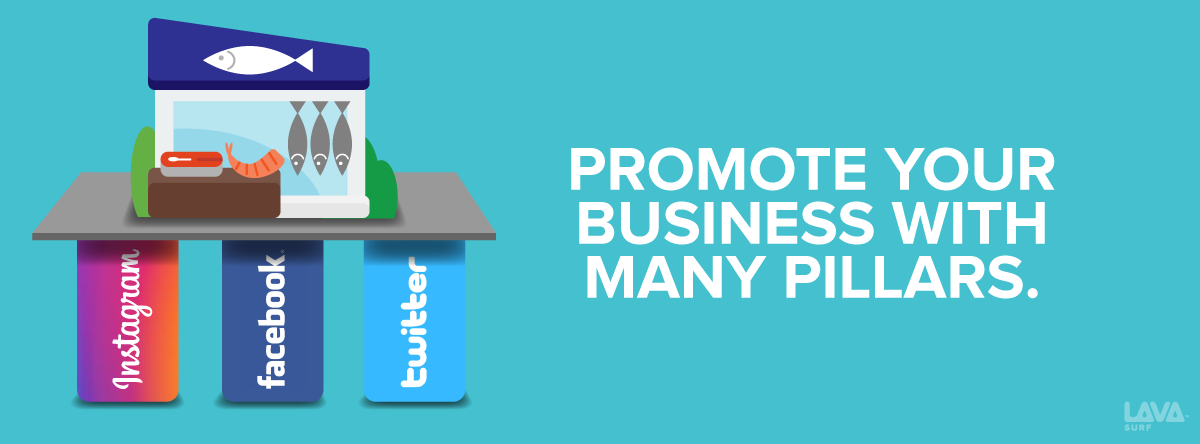You know that social media will benefit your organization. But did you also know that all social media platforms are not created equal? Each platform functions like different items in a toolbox. You wouldn’t use a hammer to perform the same task as a wrench and if you did…it probably wouldn’t go too well.
So we’ve made you a list of the three most popular social media platforms and the unique benefits each can provide for your brand or business.
Facebook is your one stop platform for reviews, ads, and customer engagement. In the U.S. population alone, 68% of adults are on this platform. Facebook has evolved from a strictly social platform to a semi-professional one. What does this mean? Well your Facebook page is likely to be a little more casual than LinkedIn, but a little more professional than Instagram.
The casual side of your Facebook page may include engagement posts, entertaining content, or questions for your audience. The professional side involves responding professionally to reviews, complaints, and personal messages.
Both the casual and professional side of the Facebook coin are important for building customer loyalty. Your audience wants to feel heard but they also need to be engaged.
I’m going to let you in on a little secret about Instagram. It’s the happy place on the internet. Don’t ruin it for people. They won’t respond well to controversial topics or posts that seem too “salesy.”
People open their Instagram app for the stories, quippy captions, and quality photos. This means you have an opportunity to present your story and brand personality. Instagram is all about connecting with your audience. People are more likely to make purchases from people they relate to.
A great way to relate with people on Instagram is to find and repost user-generated content for your brand. Why? People relate to it more because of its authenticity. It also shows that somebody out there is endorsing your brand simply because of its quality and not because they’re getting paid for it. In fact, users trust UGC content so much that it has a 4.5% higher chance of conversion than one of your average posts.
Twitter’s primary uses include customer service, reputation management and keeping your audience informed.
Twitter has stated that 80% of customer service requests come in through their platform. This means the majority of customer comments and complaints have now gone public. Some individuals may choose to view this as a negative. However, if you respond to your customers promptly and professionally, it can actually enhance your reputation.
An example of reputation management and customer service through Twitter can be seen in most airline services. For example, Southwest Airlines responds promptly on Twitter to both complaints and compliments. In the event of an accident, Twitter would be an important source for communicating with the public.
Brands that primarily use Twitter to keep their audience informed include news organizations and sports teams. Do you want to stay in the know during the next NFL draft? Do you want updates on the latest breaking news? You just need to follow the right Twitter accounts.
Depending on how many retweets you get, the lifespan of a tweet is only 20 minutes to 3 hours. The lifespan of your tweet is when you can expect it to get the most engagement before it’s lost in the Twitter-Verse forever. So if you’re using Twitter as a tool for your company, make sure you stay active. Be sure to check out our tips for growing a Twitter following if you feel like Twitter is the right platform for you!
What now?
Maybe your organization uses all the above platforms. Or maybe, you just stick to one. Whichever platform you choose, be sure to do your homework on it if you want to properly connect with your online audience.


